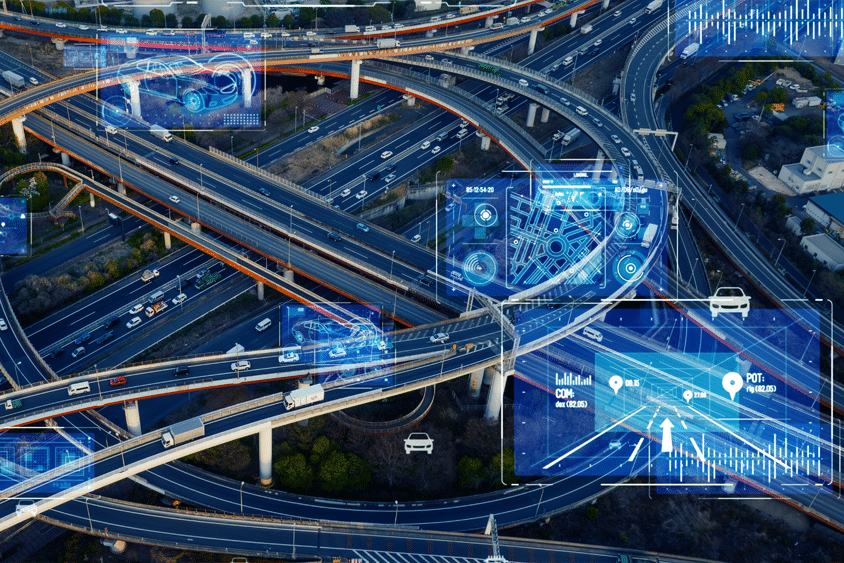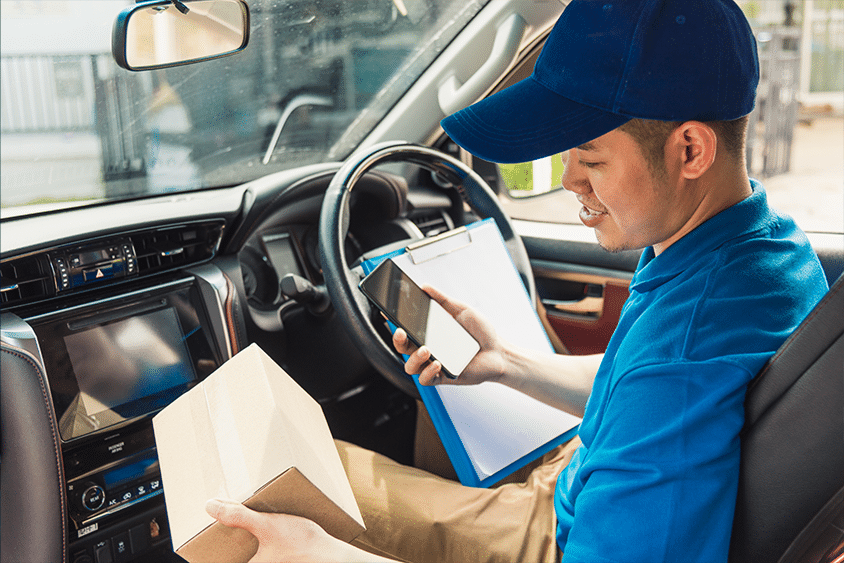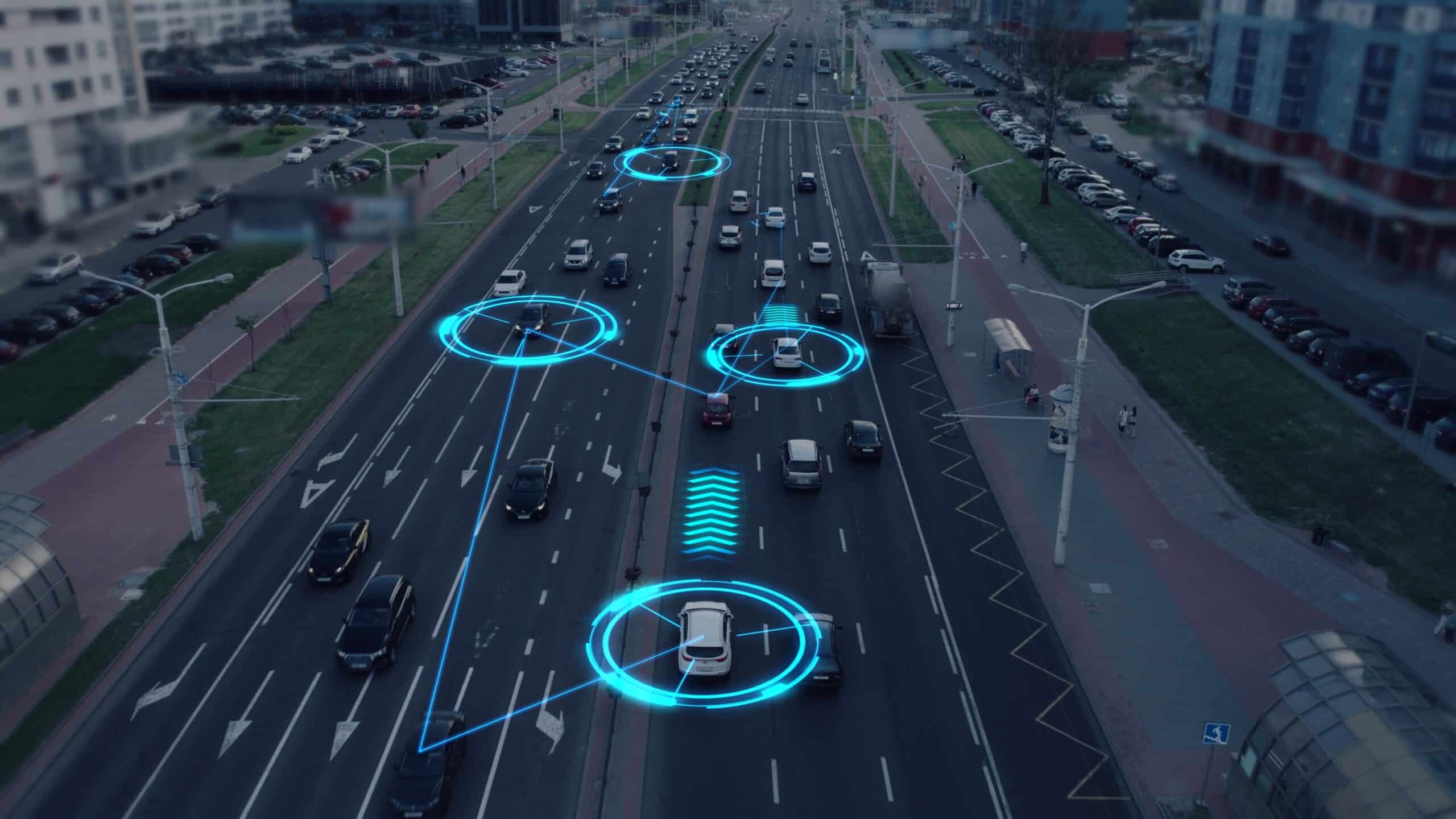Telematics systems merge GPS, onboard diagnostics, and wireless communication to derive considerable benefits for fleet management and asset tracking.
But like most technology, these systems have their own set of challenges to provide reliable data collection and transmission because of them being prone to various kinds of reliability issues.
In this article, we will be discussing how your business can overcome these challenges and use your telematics system to the best of its ability.
Telematics system challenges
Here are some common challenges associated with telematics software.
Telematics hardware failure
Environmental factors such as adverse weather conditions, vibrations, and electrical issues may cause malfunctioning of telematics devices, including GPS receivers and diagnostic sensors.
For example, extremely high temperatures in summer or freezing conditions in winter can degrade performance in these devices, thereby causing loss of data reliability or even total system crashes.
Alongside this, the constant vibration from either road conditions or heavy usage can affect the sensitive components inside telematics hardware and make it prone to failure.
Cellular telematics network connectivity
Cellular network connectivity is another common challenge in telematics systems.
Telematics information normally travels via cellular networks, but in unpopulous areas, this turns into spotty coverage. In cities and towns, interference from a multitude of buildings and infrastructure causes poor signal quality, leading to difficulty in transmitting data from devices.
This will result in lost or late data transmissions, affecting the timeliness and accuracy of the information used for fleet management.
Power supply issues
Telematics devices depend on constant power from the battery of the vehicle. A weakening battery or improper connection can prevent the flow of power to the device and make the gathering and transmitting of data inconsistent.
In some instances, fluctuations in power make devices shut down and lose contact with the network, thus leading to a loss of data. Because many telematics systems are designed to collect data in real time, any disruption in service can have a great impact on solution effectiveness.
Telematics software bugs and glitches
Even state-of-the-art telematics systems are prone to software bugs and other glitches. These glitches could result in erroneous data collected or processed, reports with inaccuracies, or malfunctioning systems.
Sometimes, software bugs lead to the collapse of the entire telematics platform, therefore resulting in wasted time and loss of important data. These kinds of glitches undermine the general reliability of the system, making it highly critical that they are addressed immediately before they manifest themselves.
Cyber threats for telematics
As vehicles and fleets become increasingly connected, telematics systems are consistently seen as more hackable, in which hackers may aim to obtain sensitive information and manipulate the system or even take control of on-road vehicles.
A data breach could result in data loss, theft, or unauthorised vehicle usage, resulting in significant business and fleet operator risks. As telematics systems continue to evolve, so does the potential impact of a cyberattack, strengthening the need for cybersecurity.
This fleet crime article discusses key statistics as to why you need security for your telematics systems.
Telematics strategies to overcome these challenges
Here’s how you can prevent these challenges before they happen.
Invest in durable telematics hardware
To deal with the risk of hardware malfunctioning, you should invest in telematics devices designed to be rugged, durable, and hence better adapted to the most extreme environmental conditions.
Our telematics services can greatly reduce the possibility of malfunction because the devices are specified to resist extreme temperatures, heavy vibrations, and exposure to the elements.
Extra protection may also be afforded by devices offering extended warranties against failure, usually quickly resolving any hardware failures.
Prioritise cellular connectivity
In an effort to combat issues that seem to be occasioned by cellular connectivity, it’s important that a telematics provider be chosen with strong partnerships across multiple cellular networks such as Fuel Card Services.
This will ensure dependable coverage for your telematics devices within your operating areas, including remote and rural areas. In addition, you should seek out a system that allows multi-network compatibility; with this feature, devices automatically switch between carriers for the best possible signal strength and reduce the disruption in data transmission.
Guarantee a continuous and secure power supply for your telematics system
To prevent the possibility of any disruption, it is quite essential to ensure that power is supplied not only continuously, but also securely.
Telematics devices should be installed appropriately, having secure connections with the vehicle battery for continuous power. It is worth noting the units which provide either backup power sources or low-power modes can further the time of uptime during power fluctuations or when the vehicle battery is low.
Learn more about our fleet management software.
Regular telematics software updates
The implementation of regular software updates will go a long way in mitigating some of the risks associated with software bugs and glitches. The telematics provider should put in place a system whereby timely updates are affected both on the telematics devices and the management platform.
Most updates are bug fixes, often adding performance enhancements and security patches that help maintain the system’s reliability and reduce the chances of errors or malfunction.
Strengthen cybersecurity measures
Probably the most important aspect of telematics system reliability is cybersecurity. Telematics data should be transferred via secure channels, applying strong encryption algorithms.
That means that even if the data is intercepted, it will be unreadable. Telematics providers must keep assessing their systems for vulnerabilities and patch them on time. Then, severe access control can be provided using multilevel authentication and role-based user access.
Proactive fleet maintenance telematics
Preventing issues in both hardware and software requires proactive maintenance. Check-ups and regular maintenance schedules allow for the identification and fixing of potential problems before they lead to system failures.
This consists of cleaning and checking devices, wear and tear assessments, and updating software in order to keep all telematics devices at peak performance.
At Fuel Card Services, our telematics specialists can provide telematics maintenance from the very moment your devices are installed.
Telematics data redundancy solution
The main reasons for ensuring the integrity of the system include data redundancy.
In this case, the implementation of solutions that store data both on the telematics device itself and on secondary servers ensures that, in the event of a failure in the transmission or any other problem, the entire data loss can be avoided by the business.
Critical data remains recoverable even when some devices or connections are disrupted for the time being.
Secure communication channels
Encryption is critical in making sure that any transmission between vehicles, telematics devices, and the cloud platform is entirely non-readable for cybersecurity threats.
Encryption scrambles information that is transmitted, making it unreadable by hackers. Even if data is intercepted, it cannot be used to their advantage.
IDS/IPS
These detection and prevention systems should be embedded in all telematics systems for active monitoring of any network traffic that may appear suspicious.
These systems can swiftly detect any potential threats and block them before they affect the network. They are also useful for periodic testing, which involves simulated cyberattacks, to find loopholes in the system for early resolution before malicious actors can take advantage of them.
Telematics cybersecurity education for users
User education is a very critical component in minimising risks in cybersecurity. Employees and fleet operators should be trained in cybersecurity best practices, such as using strong passwords, not clicking on suspicious links or attachments, and identifying phishing emails.
A positive cybersecurity culture will facilitate businesses being less likely to have human error result in a breach.
Stay compliant with telematics regulations
Your telematics system has to be cybersecurity-compliant.
Not only does being on par with the latest legal developments protect sensitive data but also it gives weight to a business that takes data security seriously.
Compliance with regulations like the GDPR or standards specific to your industry adds more layers of protection to your telematics system.
Overcome fleet management system challenges with Fuel Card Services
Business owners addressing these challenges with thoughtful strategies can further the reliability and security of their telematics systems, thus ensuring smooth operations and better fleet management outcomes. Discover our fleet telematics systems and contact our friendly team today.





